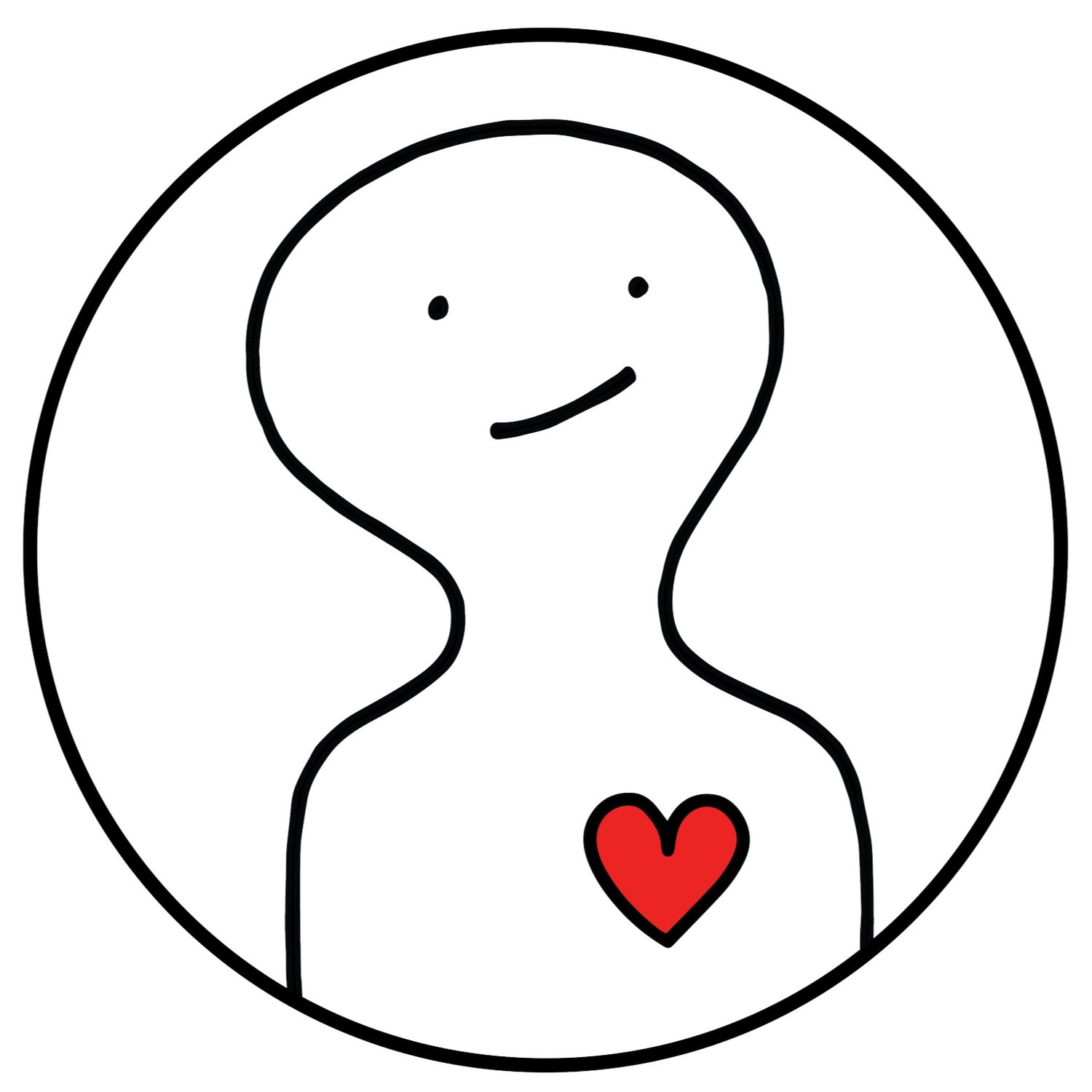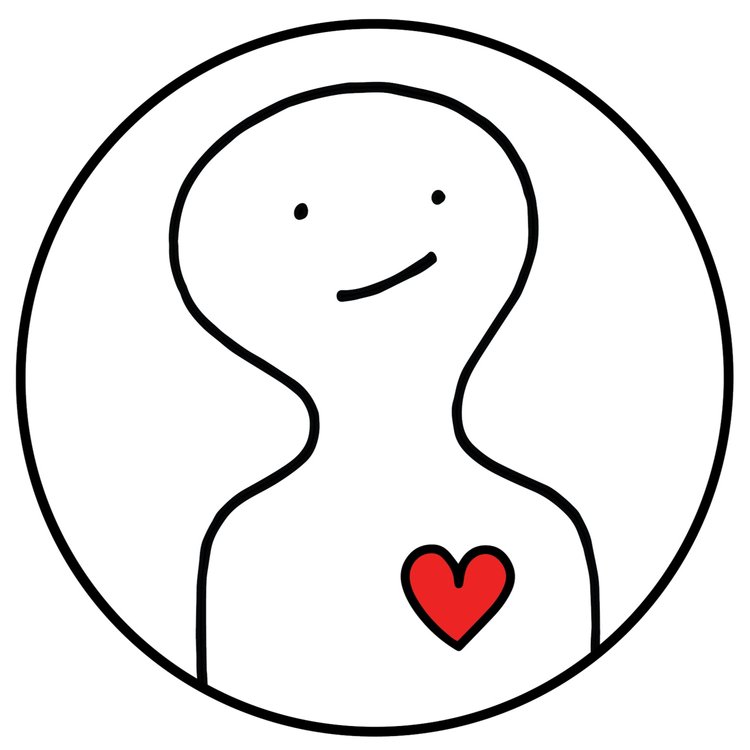Loops
Employee Loop
If we don’t know what will work, but we know what we’re doing isn’t working, we have a choice: Keep doing what we know isn’t working, or experiment with something we think will work, even if we’re unsure.
It sounds like an obvious choice until you add fear and stress into the equation.
We know we’re stuck but we also know exactly how being stuck here feels, and there’s some comfort in that.
If we set out on a new path and it doesn’t pan out—is the lost time and energy worth it?
If we try and try again, and come up short multiple times in a row—what does that say about us?
Cultural Loop
Most workplaces aren’t known for being safe places to experiment. Broken workplace cultures actively feed our fears (and probably created a great deal of them in the first place).
Clock in. Do what we tell you. Clock out.
Want to get ahead? Great. Do what we tell you faster.
If you do something off-script, maybe you get fired.
We can’t expect cultures that punish thoughtful trial and error to be breeding grounds for creative problem-solving.
Leadership Loop
The nuance that separates thoughtful, culturally aligned experimentation from simply doing things because you had an idea and thought it was cool, takes a lot of time and energy to tease out and train, so we (business owners, leaders, managers) avoid the work, creating our own loop.
We don’t have a culture that brings the best out of our people but we feel comfortable with our energy input and we know what to expect. Despite our cultural shortcomings, we feel safe. We rationalize sacrificing what could be to maintain the seemingly delicate balance of what is, even if it’s not working. (Sound familiar?)
Hope is a more charming driver than fear, but if we’re going to let fear weigh in, it serves us better to be afraid of what will happen if we don’t actively evolve, rather than being afraid of what might happen if we do.

